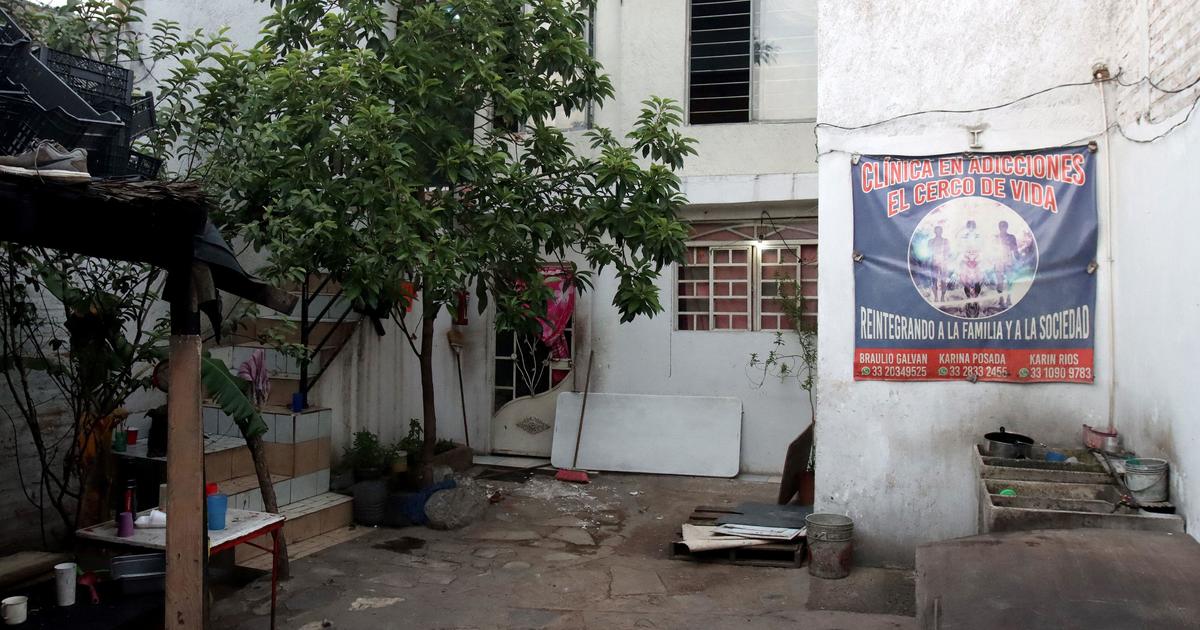[ad_1]
Agatha is the first named storm in either the eastern Pacific or the Atlantic basins in 2022, heralding an impending uptick in tropical storm activity through the summer.
There’s also a chance that the intensifying storm could become problematic in the Gulf of Mexico. Forecasters at the National Hurricane Center in Miami estimate a 30 percent chance of eventual redevelopment.
Agatha became a hurricane at 8 a.m. Eastern time Sunday. A hurricane warning is in effect between Salina Cruz and Lagunas de Chacahua, Mexico, with hurricane watches and tropical storm warnings spanning stretches of the coastline on either side.
At 11 a.m., the Hurricane Center declared that the storm was “rapidly strengthening,” its peak winds up to 85 mph.
Agatha was located about 200 miles off the coastline of Puerto Angel, Mexico, on Sunday morning, where conditions are favorable for the storm to strengthen further. The storm is churning over warm water — helping to fuel the storm — and there’s an absence of hostile upper-level winds, according to the Hurricane Center.
The Hurricane Center is forecasting that the storm will make landfall Monday night with maximum sustained winds of 110 mph — or as a high-end Category 2 hurricane. The most intense winds will affect a small region of the coastline east of the center when the storm comes ashore, where severe damage is possible.
Tropical-storm-force winds, capable of causing more minor damage, could begin along the coast in the hurricane warning zone late Sunday or early Monday. Tropical-storm-force winds expand about 80 miles from the storm’s center.
Agatha will also generate a substantial ocean surge, or storm-driven rise in water above normally dry land, that can inundate coastal communities. The largest surge is expected near and just east of where the storm makes landfall. Large and destructive waves will accompany the surge.
More concerning for areas inland, particularly in the higher terrain, will be heavy rainfall. A widespread 10 to 16 inches of rain is forecast for Oaxaca, with localized amounts to 20 inches in the high terrain. That could trigger mudslides and flash flooding, potentially isolating more rural communities. A general 5 to 10 inches with a few 15-inch totals is probable in the state of Chiapas.
According to Philip Klotzbach, a hurricane researcher at Colorado State University, Agatha is the earliest hurricane in the eastern Pacific since 2015. Andres also reached hurricane strength on May 29 of that year.
Agatha is likely to become just the third eastern Pacific hurricane to make landfall during May on record. If it crosses the coast with maximum sustained winds of at least 100 mph (the current forecast is for 110 mph winds), it would become the strongest storm to strike land so early in the season from the eastern Pacific, wrote Jeff Masters, a meteorologist and hurricane specialist for Yale Climate Connections.
In the event that Agatha strikes Mexico as a Category 3 major hurricane, it would be a first for May.
Possible gulf redevelopment
It’s highly likely that Agatha will decay rapidly upon moving inland away from its oceanic heat source early this week. It will unload the majority of its moisture, no longer fueled by heating from below. By Tuesday, it will be a shell of its former self.
Thereafter, the storm’s remnant spin could meander across Mexico and emerge in the gulf, somewhere in the Bay of Campeche, toward the mid- or latter portions of this week. The National Hurricane Center estimates a 30 percent chance of redevelopment as broad low pressure again gathers.
Water temperatures are sufficiently mild to support organization of the low pressure; whether it is able to consolidate and organize is more a question of upper-atmospheric winds, which could initially be hostile for development. They may relax some into Thursday and Friday, potentially allowing a small window of opportunity.
2 am EDT May 29: A broad low pressure area could form around the middle of the week over the southwestern Gulf of Mexico or northwestern Caribbean Sea. This system currently has a low chance of becoming a tropical cyclone during the next 5 days. More: https://t.co/tW4KeFW0gB. pic.twitter.com/EWUcxGcS2m
— National Hurricane Center (@NHC_Atlantic) May 29, 2022
Residents along the Gulf Coast should monitor this system.
Convention dictates that, if the central vortex of Agatha remains intact when it reaches the Gulf of Mexico, the storm would retain its name. This has happened before — Hurricane Otto moved from the Caribbean across Costa Rica and Nicaragua before emerging over the Pacific as a tropical storm in November 2016. It made landfall as a Category 3 but kept its name even after entering a new ocean basin.
If the vortex were to dissipate and a new low-pressure system to develop from Agatha’s remnants, it would be called Alex and become the first named storm of the Atlantic hurricane season.
Hurricane season officially begins June 1 in the Atlantic, and long-range forecasters are sounding the alarm about an anticipated seventh-straight above-average hurricane season.
[ad_2]
Source link





:quality(70)/cloudfront-us-east-1.images.arcpublishing.com/tronc/ETFBUSXY5AN5JN3FSEXY5NWUVA.jpg)










